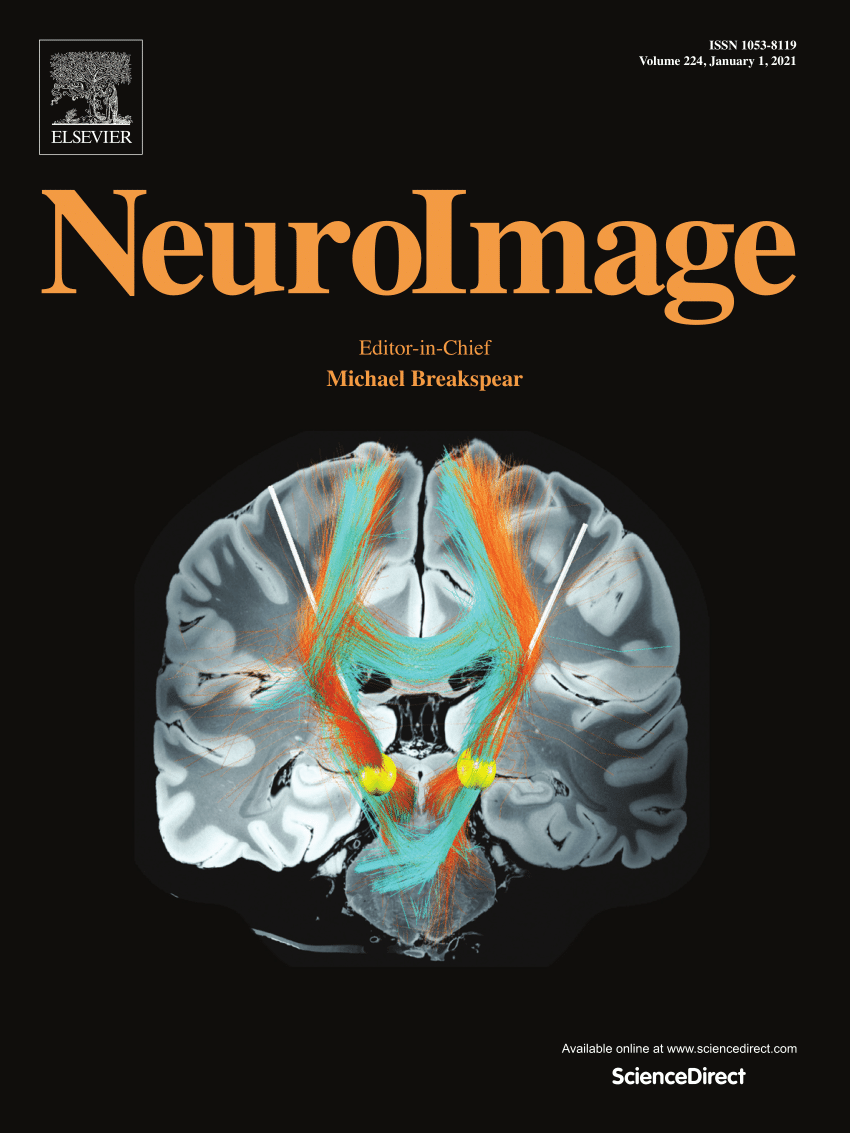Depression is marked by differences in structural covariance between deep-brain nuclei and sensorimotor cortex
IF 4.7
2区 医学
Q1 NEUROIMAGING
引用次数: 0
Abstract
Background
Depression impacts nearly 3% of the global adult population. Symptomatology is likely related to regions encompassing frontoparietal, somatosensory, and salience networks. Questions regarding deep brain nuclei (DBN), including the substantia nigra (STN), subthalamic nucleus (STN), and red nucleus (RN) remain unanswered.
Methods
Using an existing structural neuroimaging dataset including 86 individuals (Baranger et al., 2021; nDEP = 39), frequentist and Bayesian logistic regressions assessed whether DBN volumes predict diagnosis, then structural covariance analyses in FreeSurfer tested diagnostic differences in deep brain volume and cortical morphometry covariance. Exploratory correlations tested relationships between implicated cortical regions and Hamilton Depression Rating Scale (HAM-D) scores.
Results
Group differences emerged in deep brain/cortical covariance. Right RN volume covaried with left parietal operculum volume and central sulcus thickness, while left RN and right STN volumes covaried with right occipital pole volume. Positive relationships were observed within the unaffected group and negative relationships among those with depression. These cortical areas did not correlate with HAM-D scores. Simple DBN volumes did not predict diagnostic group.
Conclusion
Structural codependence between DBN and cortical regions may be important in depression, potentially for sensorimotor features. Future work should focus on causal mechanisms of DBN involvement with sensory integration.
求助全文
约1分钟内获得全文
求助全文
来源期刊

NeuroImage
医学-核医学
CiteScore
11.30
自引率
10.50%
发文量
809
审稿时长
63 days
期刊介绍:
NeuroImage, a Journal of Brain Function provides a vehicle for communicating important advances in acquiring, analyzing, and modelling neuroimaging data and in applying these techniques to the study of structure-function and brain-behavior relationships. Though the emphasis is on the macroscopic level of human brain organization, meso-and microscopic neuroimaging across all species will be considered if informative for understanding the aforementioned relationships.
 求助内容:
求助内容: 应助结果提醒方式:
应助结果提醒方式:


